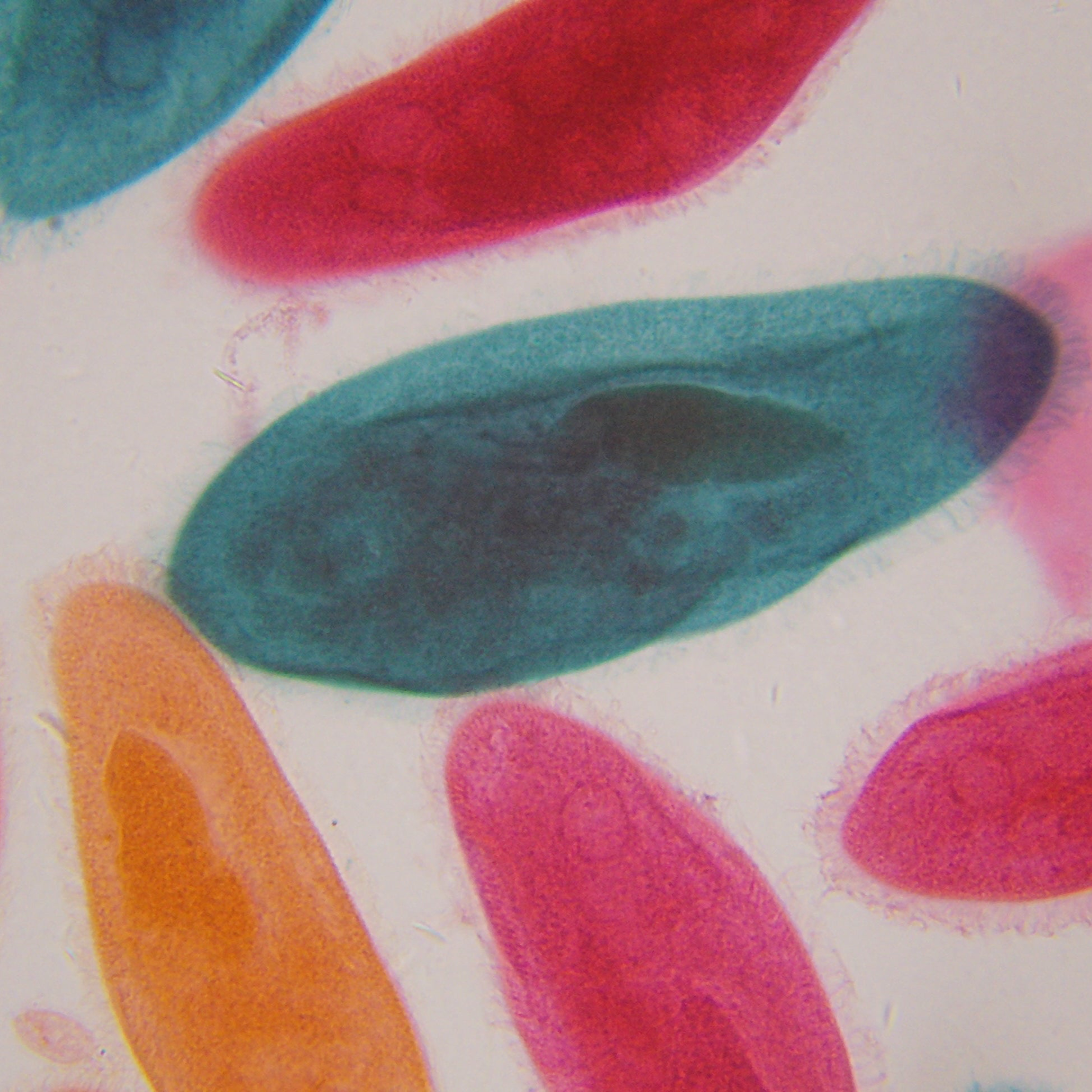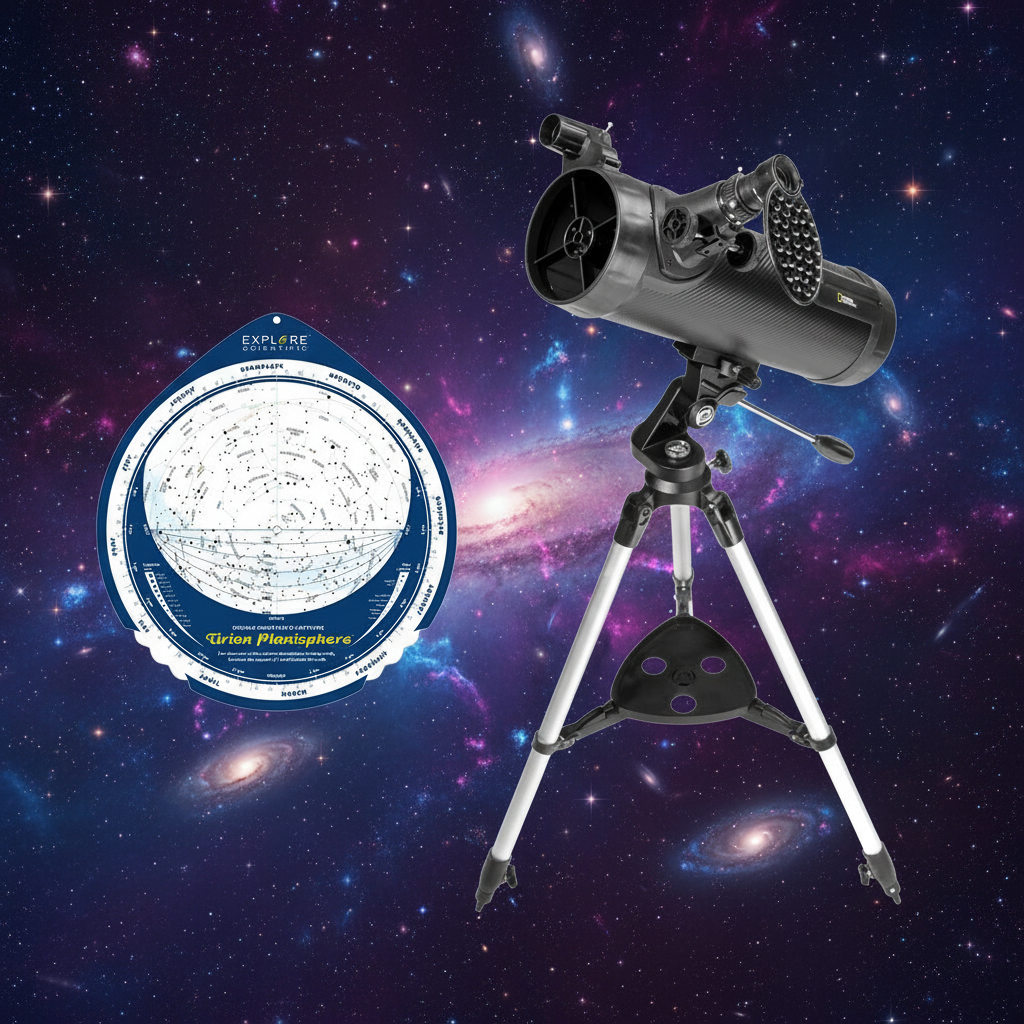Explore Scientific Smart Slide: Pine Pollen (English)
| English | Français | Deutsche | Nederlandse | Italiano | Polskimi | Portuguesas | Español | 中国 | 日本人 | 한국어 |

The male pine cone contains scales with pollen sacks. Pine tree pollen, which carries the sperm cells that allow pine tree fertilization to take place is a small grain that consists of a few cells, that has the appearance of yellow powder. The mature pollen grain has a double wall, and the vegetative and generative cells are surrounded by a thin delicate wall of cellulose.
Wind releases the pollen from male cones which drift to female cones on other pine trees and land on the unfertilized seeds. Plants that pollinate from the wind are called anemophilous. This is a different process from plants that have flowers with pollen and nectar (called entimophilous), so pine trees do not attract pollinators like butterflies or bees.
Pine pollen has been used by humans as a medicine for at least 2000 years with possible anti-aging properties. Used extensively in traditional medicine throughout Asia, pine pollen is a natural source of testosterone.
Pollen has also been used in religious ceremonies and rituals by Native Americans to has a holy substance, symbolizing life renewal by sprinkling pollen on people, objects, places, and trails.

See all Microscopes from Explore Scientific











